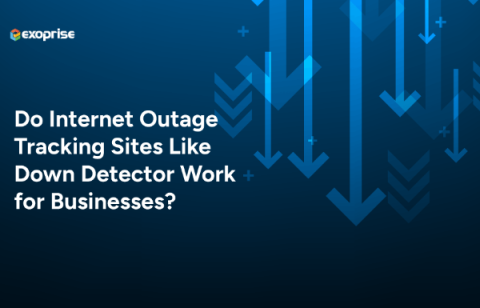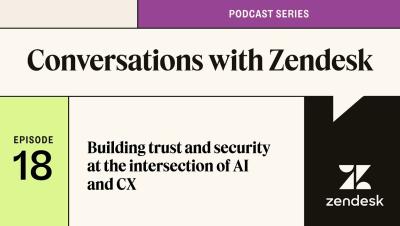The transformative role of Generative AI in managing remote teams
The unprecedented rise in remote work presents plenty of opportunities and challenges for organizations. While businesses being tied to physical locations no longer limits the talent pools from which they can draw, enabling effective communication and collaboration across dispersed teams is no simple task. Fortunately, it is a challenge with no end of possible solutions – some of which work better than others.










